I know how frustrating it can be when you can't find the ingredient you need for your recipe, especially when you want to try something new. Hazelnuts, in particular, can be a challenge to source or may not even be suitable for guest, for example, for those with tree nut allergies (like my uncle).
So it's serendipitous that I've tested out several fantastic options that can be used as a substitute for hazelnuts in your favorite recipes, like my hazelnut clusters. From almonds or pecans to sunflower seeds or tahini, I've got you covered with various hazelnut substitute options for any recipe.
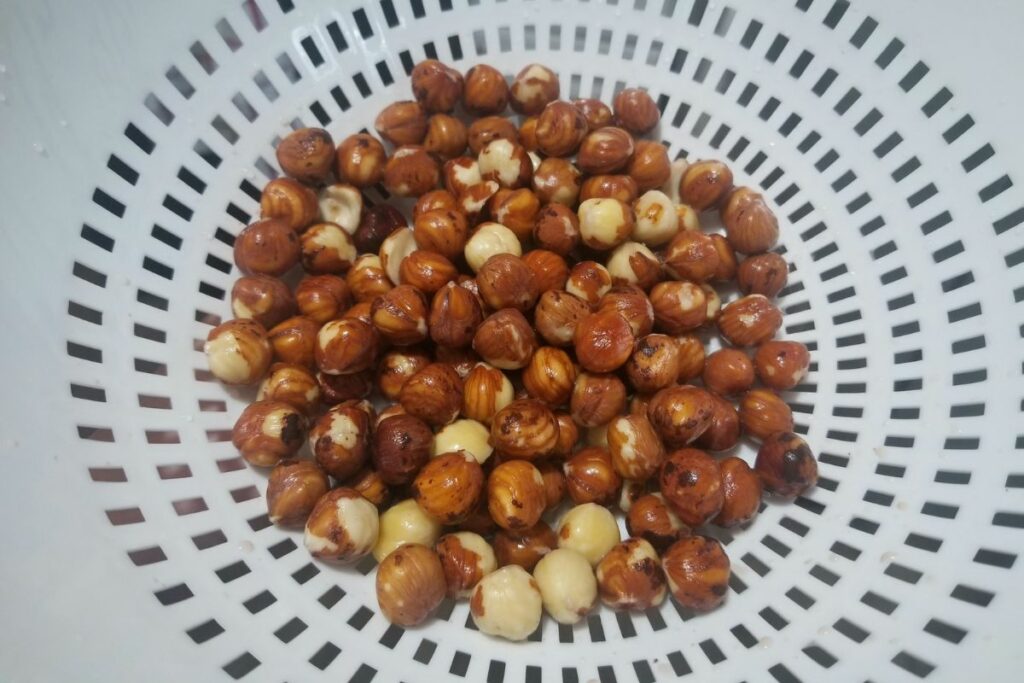
🥧 Role of Hazelnuts in Baking
Hazelnuts are a popular ingredient in baking, adding a nutty and slightly sweet flavor to baked goods, even when used raw. They, like many other nuts, are commonly used in cakes, cookies, brownies, and other desserts, and are a key ingredient in making praline paste, which is used in many French desserts.
In terms of baking, hazelnuts play a crucial role in providing texture and flavor to the final product. They also add a crunchy texture to baked goods and can be ground into a fine powder to add a nutty flavor to cakes and other desserts (I like to use hazelnut meal from making nut milk in my granolas).
When making gluten-free or grain-free recipes, where the flours tend to be more crumbly and dry, ground hazelnuts can lend structure and moisture to the combination. To create a flavor profile with a harmonious balance, hazelnut flour can even be used alone or in combination with other nut-based flours.

✨ Best Substitutes for Hazelnuts
Granola
A tolerated granola is a popular substitute for hazelnuts in recipes like muffins or granola bars, and with some experimenting, you can probably find one you tolerate. It provides a crunchy texture and a nutty flavor that can enhance the dish.
Granola is also generally a good source of fiber, protein, and healthy fats, depending on the type. This is a versatile ingredient that can be used as a substitute for hazelnuts in multiple recipes; for instance, it can be added to pie crusts to create a crunchy and flavorful crust.
Simply combine the granola with melted butter and a sweetener of your choice and press it into your pie dish before baking. Granola is also perfect for nut clusters and trail mixes, as it can be mixed with other nuts, seeds, and dried fruits to create a tasty and nutritious snack.
Granola is also great chopped into small pieces and added to cookie dough to create cookies with a nutty flavor and crunchy texture.

Chestnuts
Chestnuts are a versatile and nutritious ingredient that can be used in a variety of recipes, including flour blends, pie crusts, nut clusters, trail mixes, and cookies. Despite having a slightly different flavor and texture, chestnuts are a great source of healthy fats and protein, making them a nutritious alternative to other nuts.
You can mix them with other nuts, seeds, and dried fruits to create a delicious snack, as well. When it comes to cookies, chestnuts add a nutty flavor and satisfying crunch that will make you come back for more, especially if opting for chopped roasted chestnuts.
Macadamia Nuts
My favorite hazelnut substitute is macadamia nuts, because of their crisp texture and creamy, buttery flavor. They are also a good source of healthy fats, fiber, and minerals like magnesium and vitamin B6.
They can be ground up in a food processor and mixed with coconut flour, coconut oil, and a sweetener of your choice to make a delicious and crunchy pie crust that pairs well with a variety of fillings. Similarly, chopped macadamia nuts can be added to cookie dough for a unique twist on the classic chocolate chip cookie.
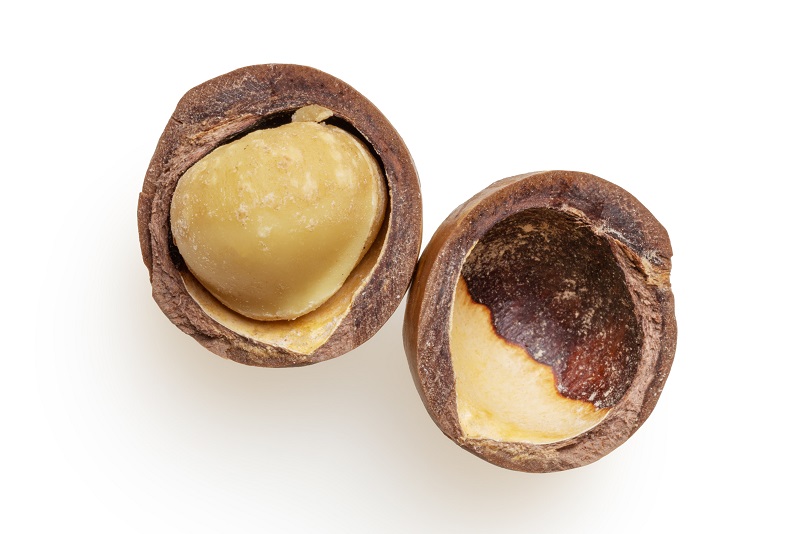
Oatmeal or Rolled Oats
If you want to mix things up or are seeking a nut-free substitute for hazelnuts, you should try using oatmeal or rolled oats, as they provide a similar texture and can add a nutty flavor to your dish. Oats are also a good source of fiber, protein, and minerals like iron and zinc, though the phytic acid content can impede absorption.
You can use oatmeal or rolled oats in place of hazelnuts in gluten-free flour blends, pie crusts, nut clusters, trail mixes, and cookies. Simply pulse the oats in a food processor until they reach a finer consistency and use them in your favorite recipes.
Almonds
Since they have a comparable nutty flavor and crunchy texture to hazelnuts, almonds are a well-liked hazelnut substitute. They are also widely available and can be used in a wide range of recipes, from baked goods to savory dishes.
Almonds are a nutritious swap to pick since they're a rich source of protein, magnesium, and healthy fats. The health content of almonds can also add a delightful nutty flavor and crunch to frostings, while for cookies you can use almond butter or chopped almonds to add a satisfying crunch to the texture.
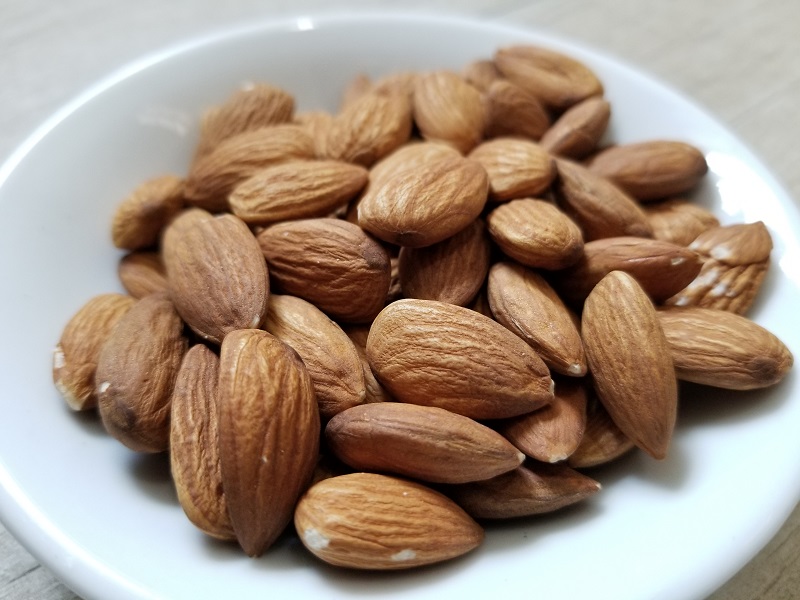
Sweet Chips
Sweet chips are a healthier alternative to hazelnuts in your baked goods. Made from dehydrated and finely chopped sweet potatoes, they have a unique texture and flavor similar to hazelnuts. They're also a great source of fiber, vitamins, and minerals, particularly beta-carotene, which supports eye health.
For a great and wholesome snack, blend them into nut clusters and trail mixes along with your preferred nuts, seeds, and dried fruits. Finally, add it to the cookie dough before baking to give your favorite cookie recipes a distinctive twist and a tasty crunch.
Pumpkin Seeds
Pumpkin seeds are a good no-nut substitute for hazelnuts thanks to their similar nutty flavor and crunchy texture. They are also a good source of protein, healthy fats, and essential minerals such as magnesium and zinc.
Pumpkin seeds can be used in a variety of recipes, including baked goods, salads, and trail mix, just like hazelnuts, though they're a better swap when you need chopped hazelnuts.
Additionally, pumpkin seeds are generally more affordable compared to hazelnuts, making them a budget-friendly alternative for those who want to reduce their expenses while still enjoying the same taste and texture.

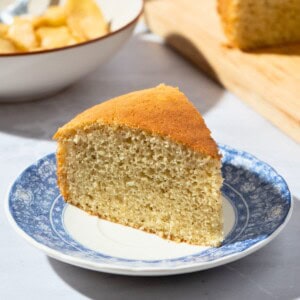











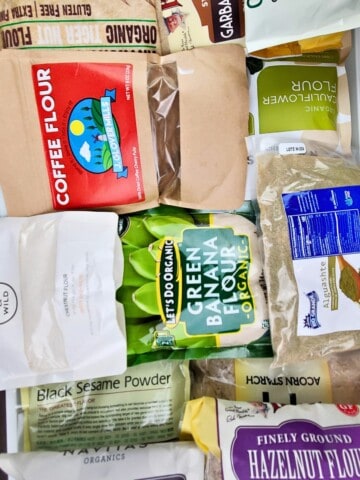
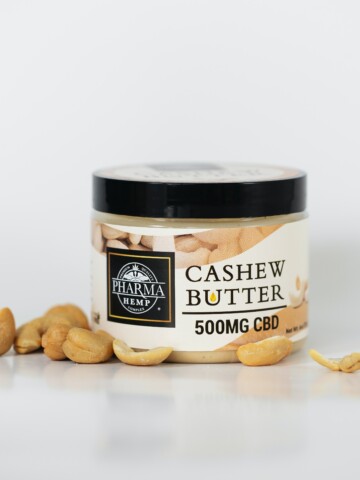
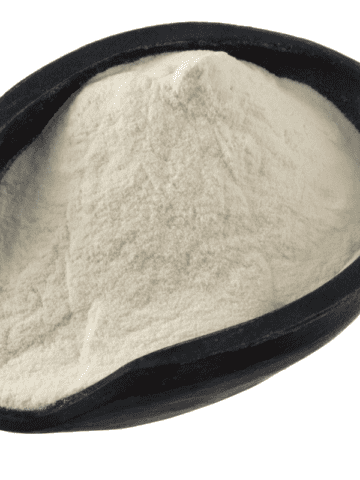
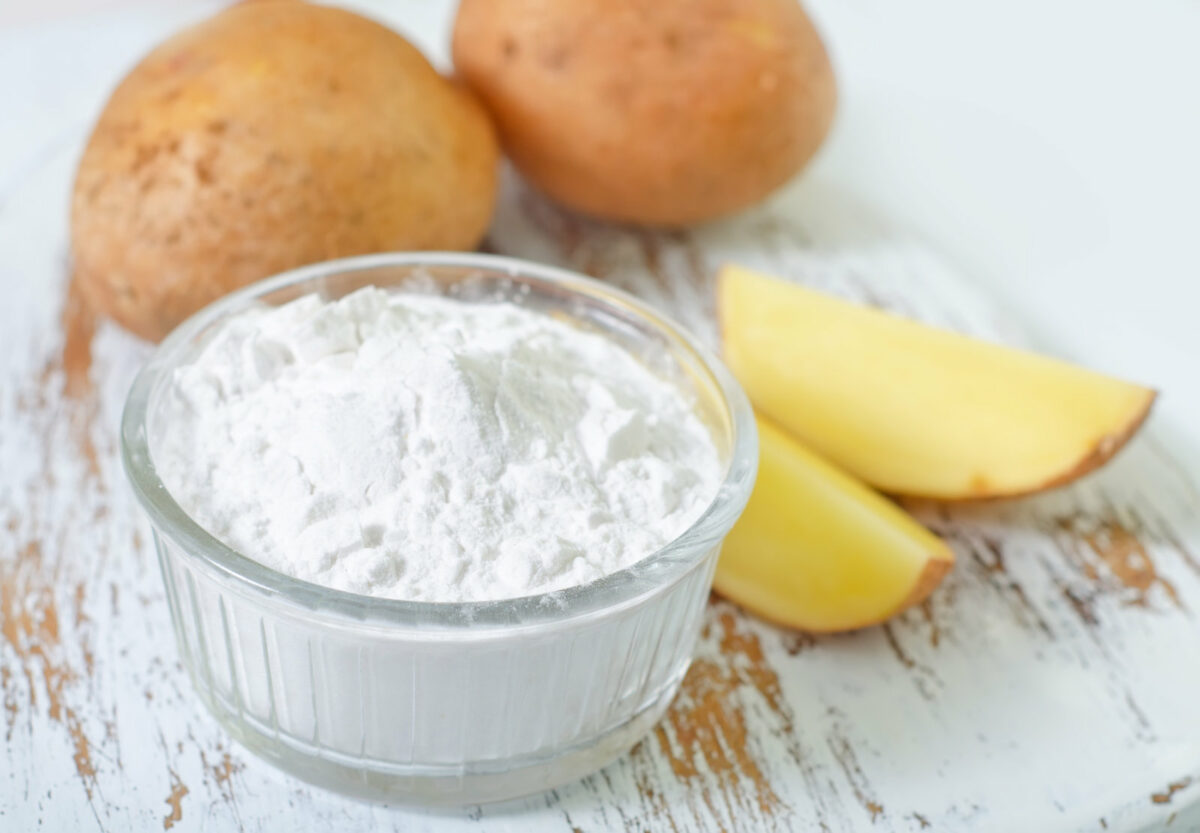
Comments
No Comments